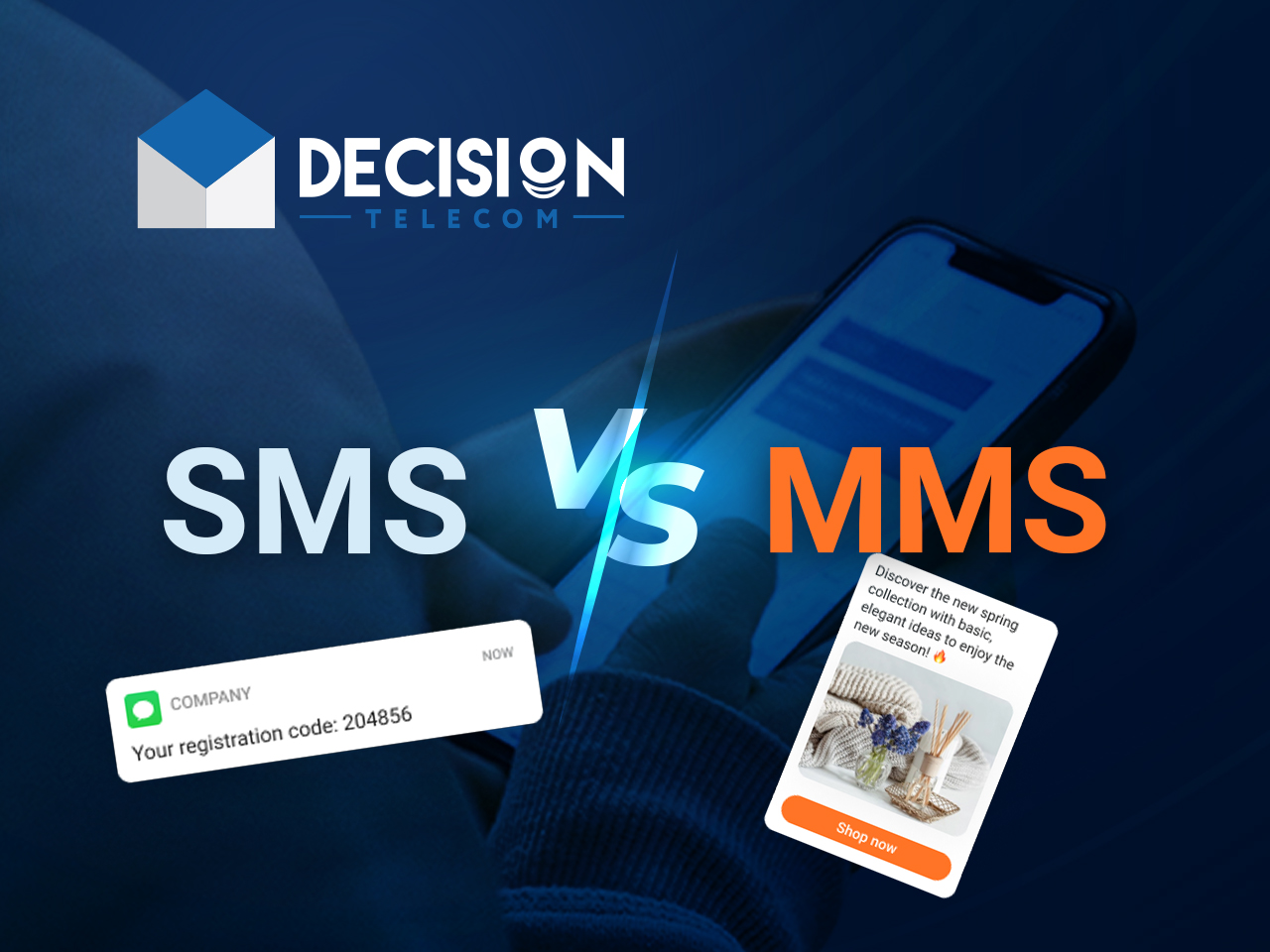In the era of instant communication, multimedia messaging has transformed the way we connect, share, and express ourselves. Among the various formats that have emerged, MMS video stands out as a powerful tool for conveying emotions, stories, and information. As smartphones have become ubiquitous, the ability to send videos through multimedia messaging has created new avenues for creativity and interaction. The allure of MMS video lies not just in its ability to share moments but also in how it enriches our conversations, making them more engaging and personal. This article will explore the many facets of MMS video, from its history and technology to its implications in modern communication.
As we navigate through this digital landscape, it is essential to understand the impact of MMS video on our daily lives. It has revolutionized how we interact with friends, family, and even strangers, providing a visual narrative that text alone cannot convey. Whether it’s a short clip of a special occasion or a quick update to a loved one, MMS video has become an integral part of our communication toolkit.
This exploration will delve into various aspects of MMS video, including its technical underpinnings, its role in social media, and its implications for privacy and security. By examining these elements, we can gain a deeper appreciation for this fascinating communication medium and understand how it shapes our interactions in an increasingly connected world.
What Is MMS Video and How Does It Work?
MMS, or Multimedia Messaging Service, is a standard way to send messages that include multimedia content. Unlike traditional SMS, which is limited to text, MMS allows users to send videos, images, audio, and rich text. But how exactly does MMS video work? When you send an MMS video, your smartphone compresses the video file and sends it through your mobile network. The recipient's device then decompresses the file, allowing them to view the video.
What Are the Key Features of MMS Video?
MMS video comes with several features that enhance its usability:
- File Size Limitations: Most carriers impose a size limit (typically between 300KB to 1MB) on MMS videos, which affects video quality.
- Compatibility: MMS is generally supported by all mobile devices, making it a universal method of sharing videos.
- Instant Delivery: Unlike email, MMS videos are delivered instantly, making them perfect for real-time sharing.
- Integrated with Contacts: Sending an MMS video is as simple as selecting a contact and choosing the video to share.
How to Send an MMS Video?
Sending an MMS video is straightforward:
- Open your messaging app.
- Select the contact you want to send the video to.
- Tap the attachment icon and choose the video from your gallery.
- Press send and watch as your video is delivered instantly!
What Are the Benefits of Using MMS Video?
MMS video provides several advantages that make it a preferred choice for personal and professional communication:
- Enhanced Communication: Videos convey emotions and messages more effectively than text.
- Creative Expression: Users can share moments in a more vivid and engaging manner.
- Convenience: Sending videos is quick and easy, requiring just a few taps on your device.
Are There Any Limitations to MMS Video?
While MMS video has many benefits, it also has limitations:
- Quality Loss: Video compression can lead to a loss of quality.
- Cost: Sending MMS videos may incur additional charges, depending on your mobile plan.
- Size Restrictions: As mentioned earlier, file size limits can restrict longer videos.
How Does MMS Video Compare to Other Video Sharing Methods?
When comparing MMS video to other video sharing methods, such as social media platforms or email, several factors come into play:
- Speed: MMS videos are sent instantly, whereas email or uploads to social media might take longer.
- Privacy: MMS is more private as it goes directly to a contact without being public.
- Accessibility: All mobile devices support MMS, while social media may require app downloads.
What Role Does MMS Video Play in Social Media?
Social media platforms have integrated MMS video into their applications, allowing users to create and share rich content easily. This integration has led to a new wave of content creation, where short videos are used for storytelling, marketing, and personal expression. The ability to send videos via MMS adds an extra layer of immediacy and personal touch that resonates well with audiences.
Can MMS Video Be Used for Business Purposes?
Absolutely! Many businesses leverage MMS video for marketing and customer engagement. Here are some ways businesses use MMS video:
- Promotional Content: Sending videos of new products or services directly to customers.
- Customer Support: Providing visual instructions or tutorials for product usage.
- Feedback Collection: Requesting video testimonials from satisfied customers.
What Are the Privacy Concerns Related to MMS Video?
With the convenience of MMS video comes the need for vigilance regarding privacy. Users should be aware of the following:
- Unintentional Sharing: Ensure you're sending videos to the intended recipient to avoid privacy breaches.
- Data Usage: Sending videos can consume significant data, which may lead to overage charges.
- Carrier Policies: Understand your carrier's policies on data retention and sharing.
Conclusion: Embracing the Future of MMS Video
In conclusion, MMS video is an innovative communication tool that has transformed how we share moments and connect with others. As technology continues to evolve, the potential for MMS video to enhance our communication experiences is limitless. Whether for personal use or business applications, embracing MMS video can lead to richer, more engaging interactions in our increasingly digital world.
Unveiling Harry Connick Jr.'s Ink: How Many Tattoos Does He Have?
Discovering The World Of Real Mom Telegram: A Journey Of Connection And Community
Unveiling The Mystery: The Allure Of Rose Crime Scene Pictures
:max_bytes(150000):strip_icc()/what-is-sms-mms-iphone-2000247-ec464860a67b475d84ad48b4cac0b015.png)

